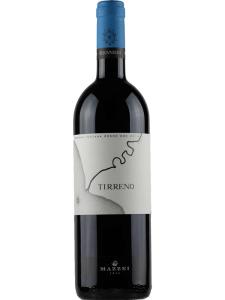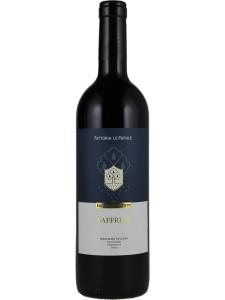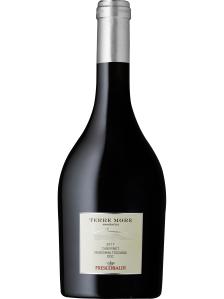Maremma Toscana is an appellation title covering a wide array of wine styles from the Grosseto province of Tuscany. It was officially promoted to DOC status in September 2011, after 16 years as an IGT title.
The name Maremma has traditionally referred to a large area of coastal Tuscany and Lazio, specifically the provinces of Livorno, Viterbo and Grosseto. In his famous Inferno, Dante Alighieri described it as stretching from Cecina all the way to Corneto (an ancient town in northern Lazio, now known as Tarquinia). This represents a distance of some 100 miles (155km). Today, Maremma refers to a smaller area, effectively analogous with the Grosseto province. This is reflected in the Maremma Toscana appellation laws, which limit the viticultural zone to l’intero territorio amministrativo della provincia di Grosseto (the entire administrative area of the Grosseto province).
In its natural state the Maremma is a very marshy area – its very name derives from the Spanish word Marisma, meaning 'marsh'. It was drained by first the Etruscans, then by the Romans, and finally in the 1930s (more than a millennium later) under Mussolini’s fascist regime. Dante's description of the area hints at what this land was like in the Middle Ages, citing aspri sterpi, fiere selvagge...ne l'orribil sabbione, (tangled thickets, wild animals on the horrible sands). Marshland reclaimed for agricultural use is not a unique phenomenon in the wine world; Bordeaux’s famous Medoc peninsula (home to some of the world's most prestigious vineyards) was drained by Dutch settlers in the 17th century. The Mussolini government drained various areas of Italy for agricultural use, as part of its bonfica integrale campaign of land reclamation and improvement. These included the Agro Pontine in southern Lazio (which now produces wines under the Aprilia, Circeo and Nettuno DOCs) and an area immediately south of Oristano, on the island of Sardinia.
As is the trend for Italy’s new and updated appellations, Maremma Toscana's focus is on varietal wines, both dry and sweet. These may be produced from a wide array of grapes, including the local, traditional varieties and the more widely-known 'international' varieties. Producers wishing to retain a more traditional feel can label their wines without a varietal statement, using instead just bianco, rosso or rosato (white, red or rosé).
Tuscany is best known for its dry red wines, but it also produces sweet whites of high quality, most famously vin santo. This tradition is continued in Maremma Toscana wines, which can be made in dried-grape passito styles (for both red and white wines), late-harvest vendemmia tardiva styles (for white wines only) and as Maremma Toscana vin santo (produced from Trebbiano Toscano and Malvasia). Although far from a specialty in Tuscany, sparkling spumante wines are also included in the DOC’s broad inventory. These may be vinified either in the Metodo Classico or the Metodo Martinotti, and may be either blended, or made as single-variety wine from either Ansonica or Vermentino.




